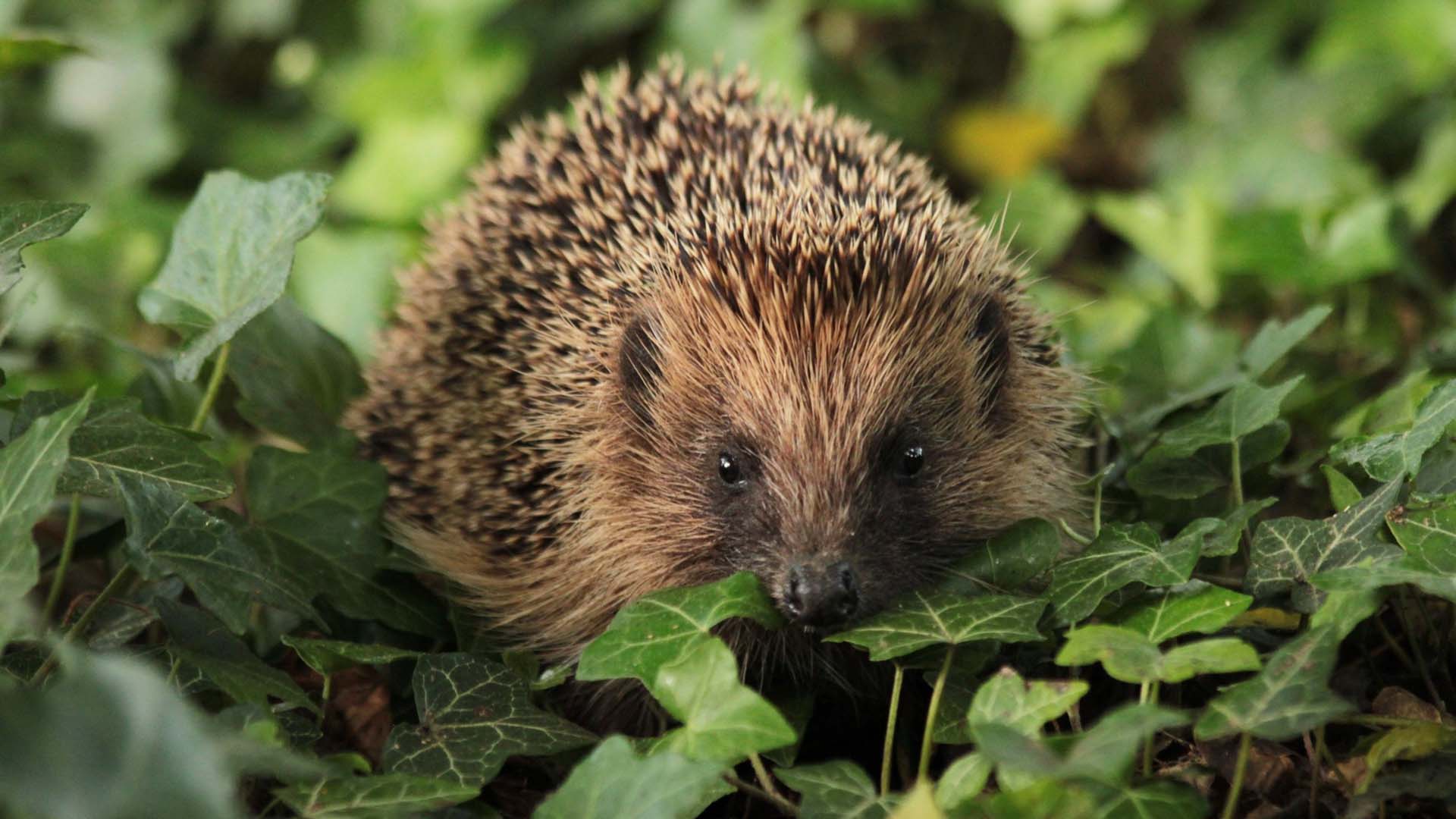How to grow winter salad - and the best seeds to plant
With some planning, protection and the right plant choices you can enjoy fresh salad vegetables over autumn and winter.
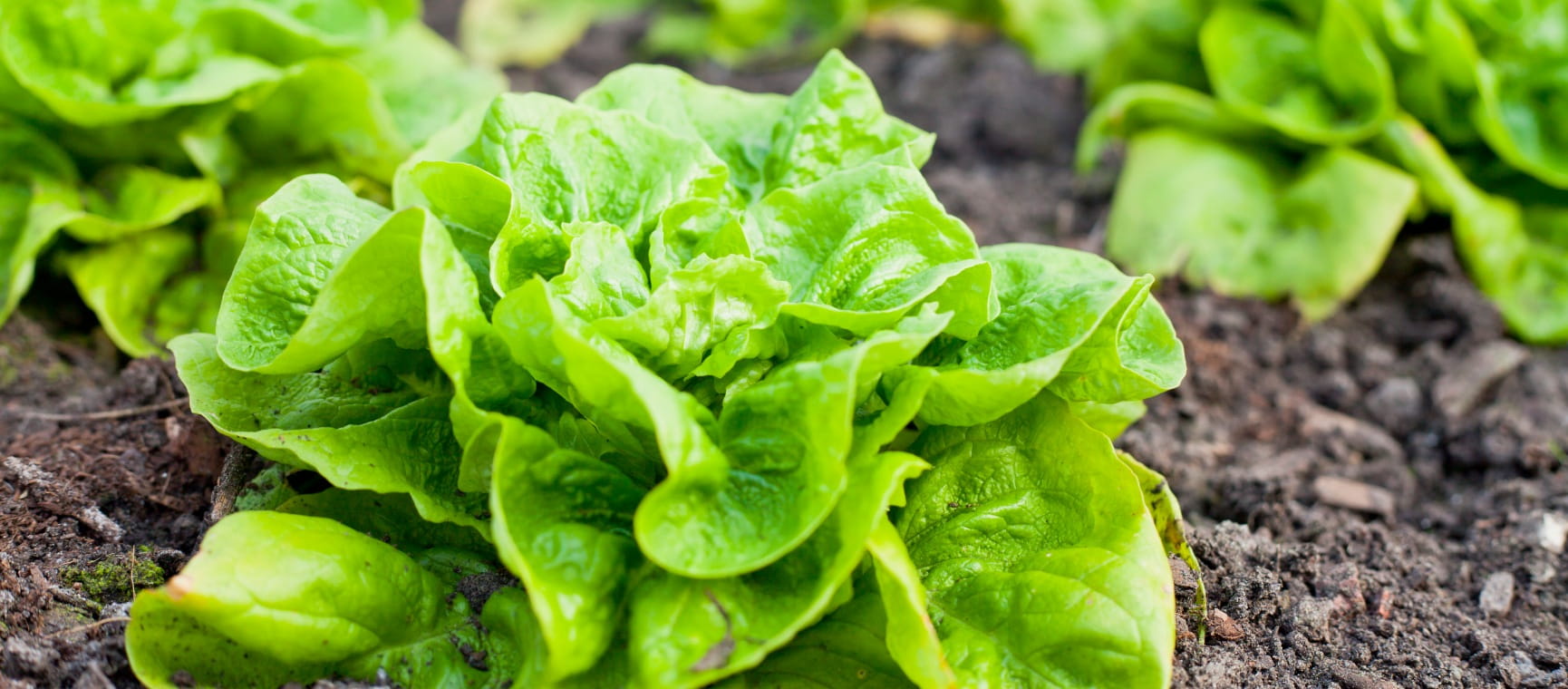
With some planning, protection and the right plant choices you can enjoy fresh salad vegetables over autumn and winter.

Bagged salads are (weight for weight) one of the most expensive items on the supermarket shelves and they rise even higher in winter. Growing your own is easy to do, because winter salads tend to feature oriental salad mixtures and these thrive in cooler temperatures.
If you sow seeds in September (or in greenhouses in October), you should be able to pick two or three times a week from mid-October right through until March because winter salads grow slowly due to cooler weather and lower light levels. You’ll be eating really fresh leaves, full of vitamins for virtually nothing.
If you want to keep a crop going through the coldest weather, you will need some winter protection in the shape of a cold frame, or unheated greenhouse.
If you don’t have either, make a small raised bed in a sheltered part of the garden and cover it with thick horticultural fleece on cold nights. Harrod Horticultural sell a good one.
Sow winter salad seeds in September.
You could buy separate packets of seeds, or invest in winter salad mixes. There are spicy oriental ones containing different mustards and milder Mediterranean ones on offer.
Always grow some rocket, it’s a particularly useful crop in winter because it doesn’t suffer from flea beetle.
You can use ready grown plugs from seed companies online.
If you’re growing tomatoes in an unheated greenhouse, you will be able to use the same space for salad crops.
Remove your tomatoes by mid-October and tidy up the bed and then pop your winter salads in. A frost-breaking heater will keep your plants frost-free in very cold weather.
The Italians grow winter salads and their seeds are tested in the Alps. They offer good value and Italian winter salads have a much milder flavour than the spicy oriental ones.
Most winter lettuces form heads: they curl their leaves to keep out the cold, so allow them to heart up before harvesting.
This will also provide shelter and drainage, although in cold weather your leaves may stop growing. They will carry on again once the temperatures rise.

Salad Niche Oriental Mixed (Thompson & Morgan)
This spicy mixture, for those who like it hot, contains golden streaked and red mustard, komatsuna, mizuna and Rocket ‘Sky Rocket’.
Colourfully Mild Mix – Kew Collection (Thompson & Morgan)
A milder mix containing red and broad-leaved mizuna golden-yellow pak choi and komatsuna.
Spicy Leaf Mix (Kings Seeds)
Kings Seeds always offer tremendous value and quality. This mixture contains rocket, mizuna, mustard ‘Red Giant’ and ‘Southern Giant’.
Lettuce Misticanza Misculglio (Kings Seeds)
Italian mixture of different chicories and red radicchio designed be cut as leaves.
Lettuce Misticanza (Kings Seeds)
Mixed, cold-tolerant lettuce seeds in a variety of leaf shapes and colours. Misticanza is Italian for mixture.
Best winter lettuces mix (Sarah Raven)
Four cold-tolerant lettuce varieties than include hearting and loose-leaf varieties.
Lettuce Meraviglia D'Inverno S. Martino (Seeds of Italy)
The most cold-tolerant Italian lettuce sold by Seeds Of Italy and named after an Italian valley where winter temperatures can plummet to -50C.
Lettuce Winter Density (RHS)
A widely available, semi-Cos lettuce that hearts up in March.
Mizuna (Thompson & Morgan)
A widely available Japanese leafy vegetable with finely dissected, bright-green leaves. The flavour’s hot, but not as hot as mustard. Use sparingly in a salad, it has a stringy texture.
Komatsuna (Kings Seeds)
This leafy brassica, found in Japan and Korea, resembles a baby-leaf spinach in looks and flavour. Pick individual young leaves to eat raw. It’s thickly textured and delicious. Widely available, also known as Japanese mustard spinach.
Rocket Apollo (Mr Fothergill’s)
A widely available rocket grown for its mild, but peppery rounded leaves.
Radicchio Rossa di Treviso (Seeds of Italy)
This red chicory has dark-red upright leaves heavily veined in white, so it’s very decorative. Pick individual leaves, or allow it to heart up and then harvest.
Endive Bionda a Cuore Pieno (Seeds of Italy)
Endives tend to grow more in colder weather, so you’re likely to be picking this after Christmas. The pale leaves have a slightly bitter flavour and lots of crunch. Eat raw, or sweat in a little butter.
Chicory Grumolo Verdi (Seeds of Italy)
A bright-green, hearting chicory for late-winter use in salads.
Val Bourne is a gardening expert and journalist who writes for The Daily Telegraph, Saga Magazine and many others. Val has been awarded the Garden Media Journalist of the Year and Columnist of the Year.
She is also the author of many books, including The Living Jigsaw, The Ten-Minute Gardener. Val also judges the perennial and dahlia trials at RHS Wisley.
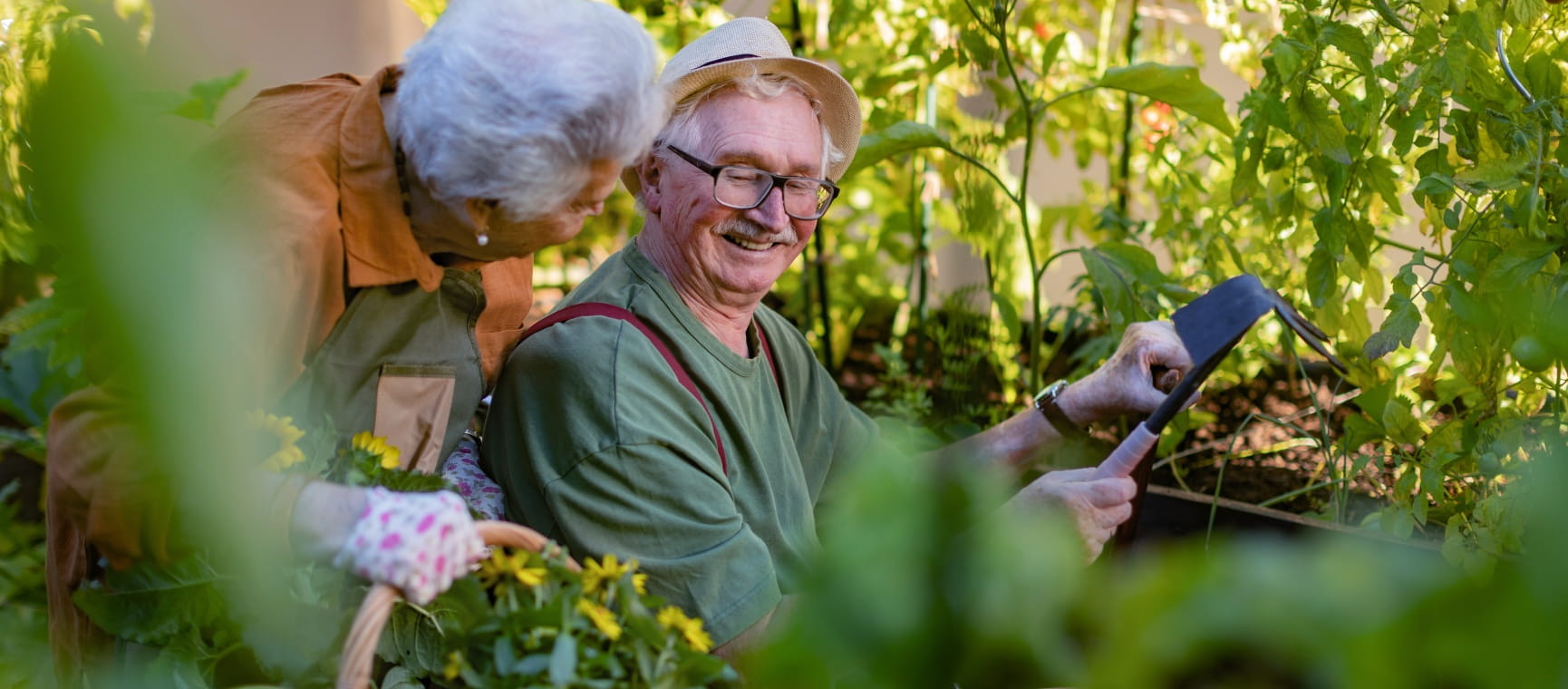
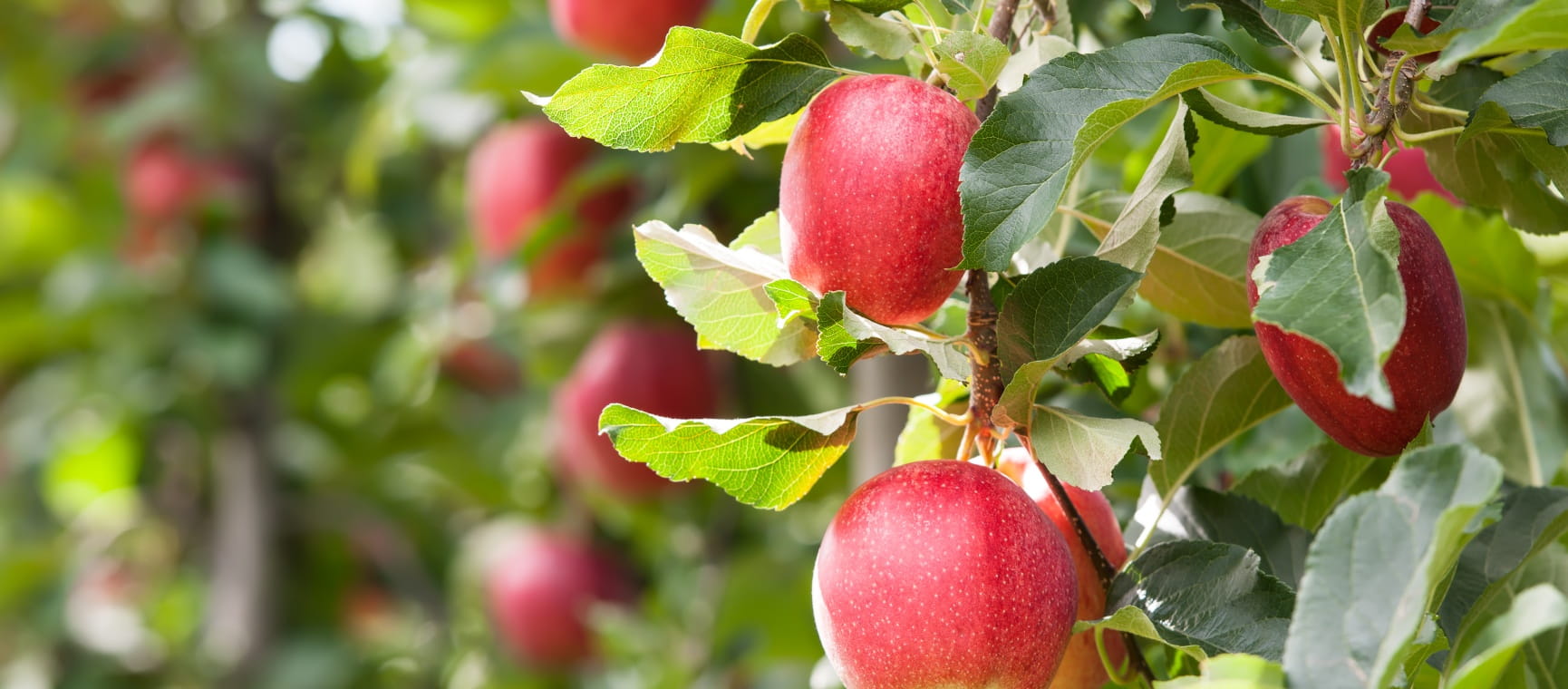
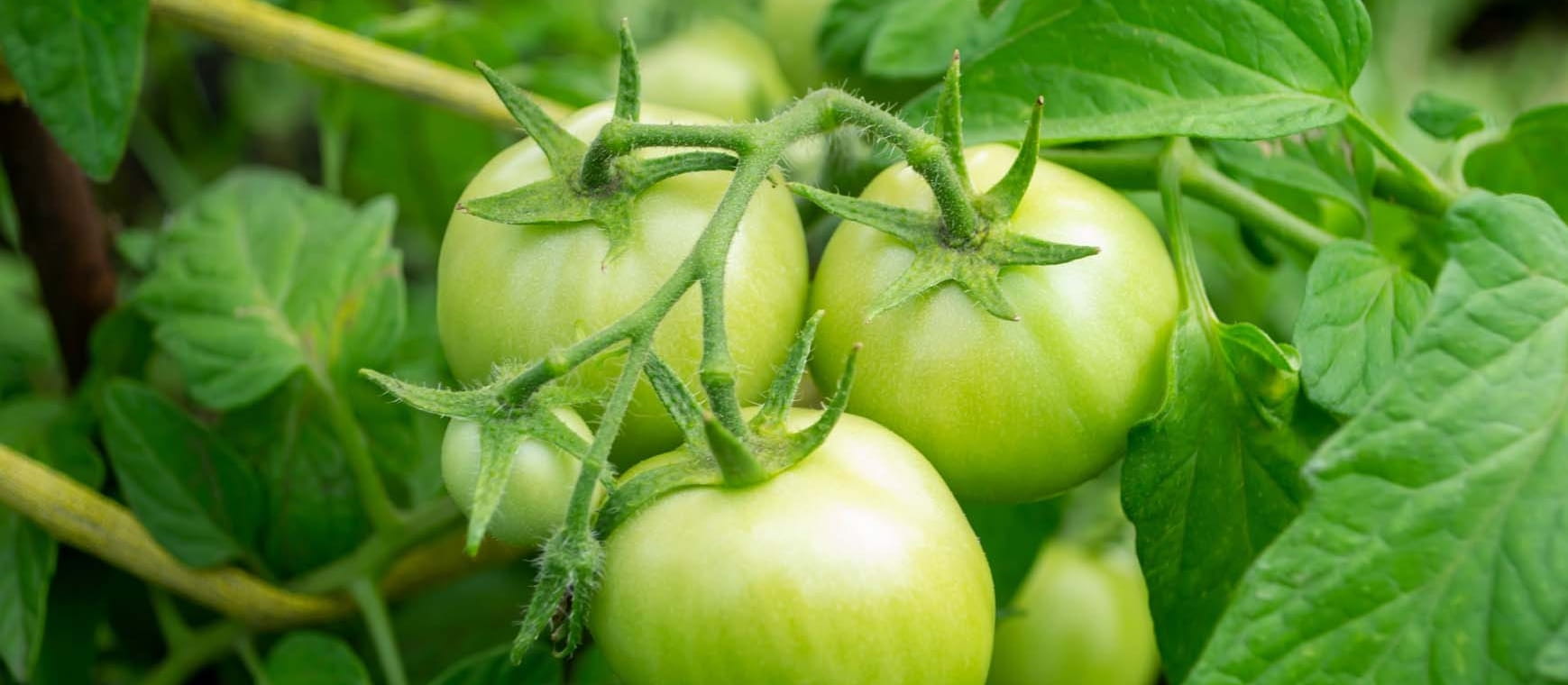
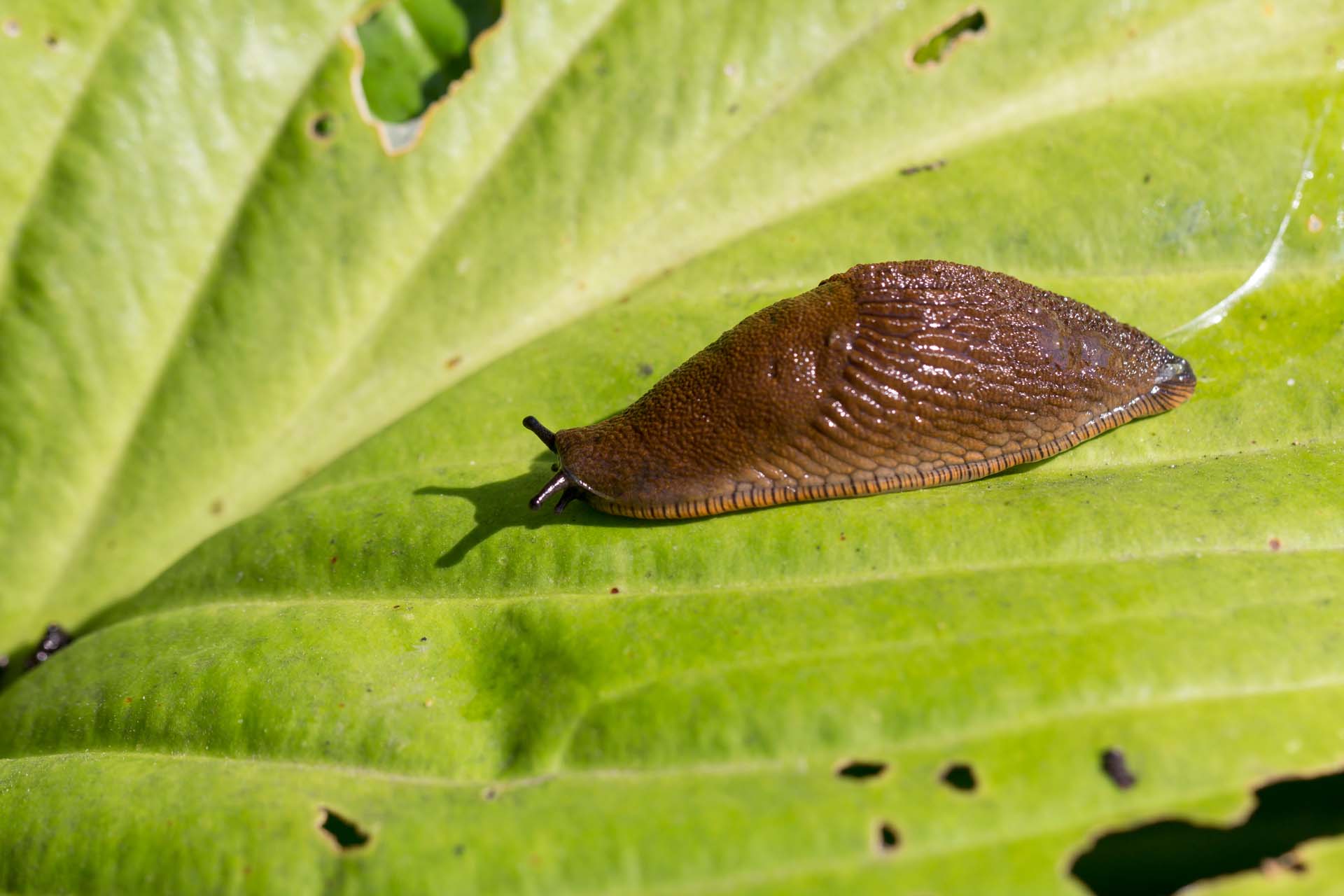
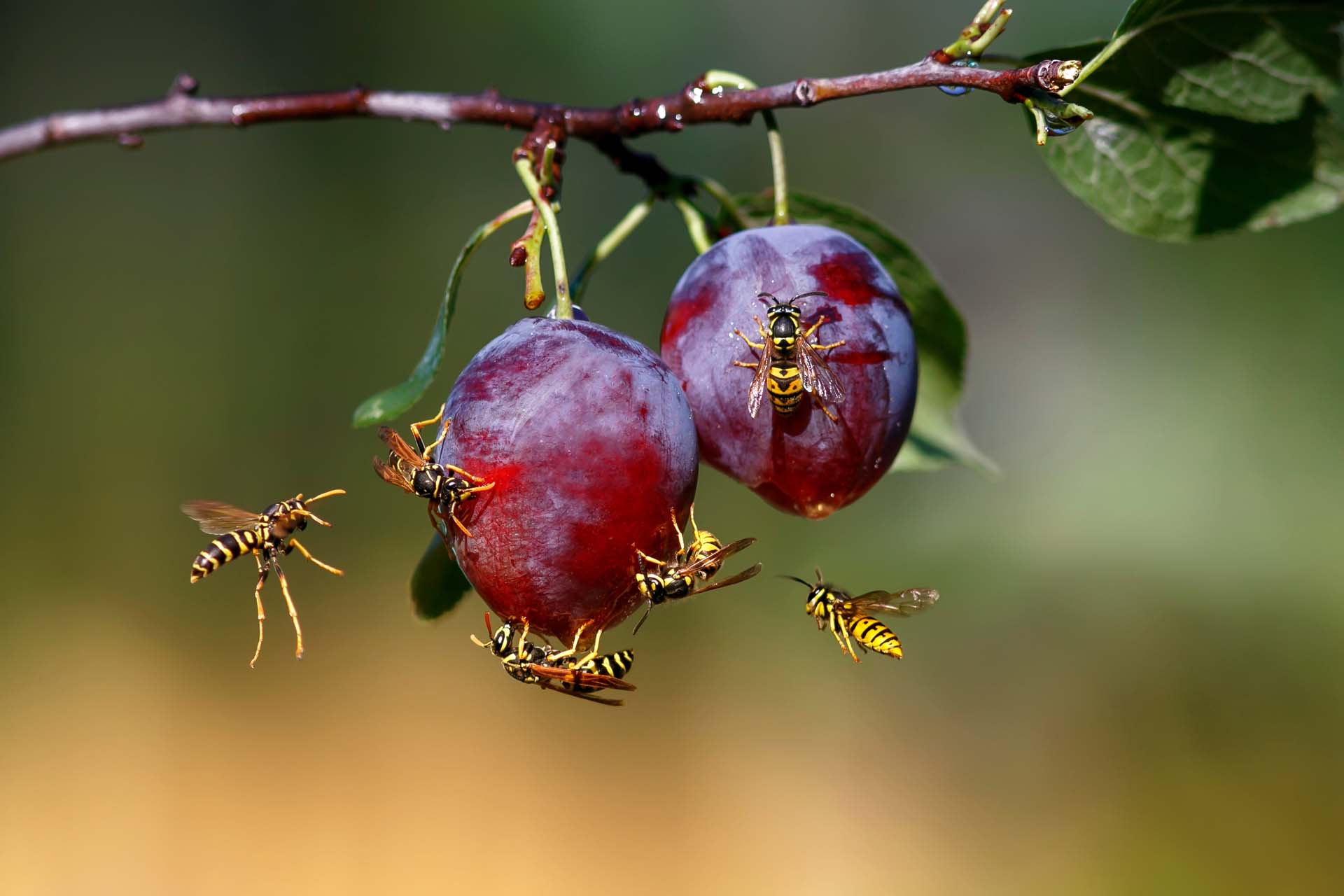
Blighted by buzzing? How to keep wasps out of your garden without harming them so you can enjoy the summer.
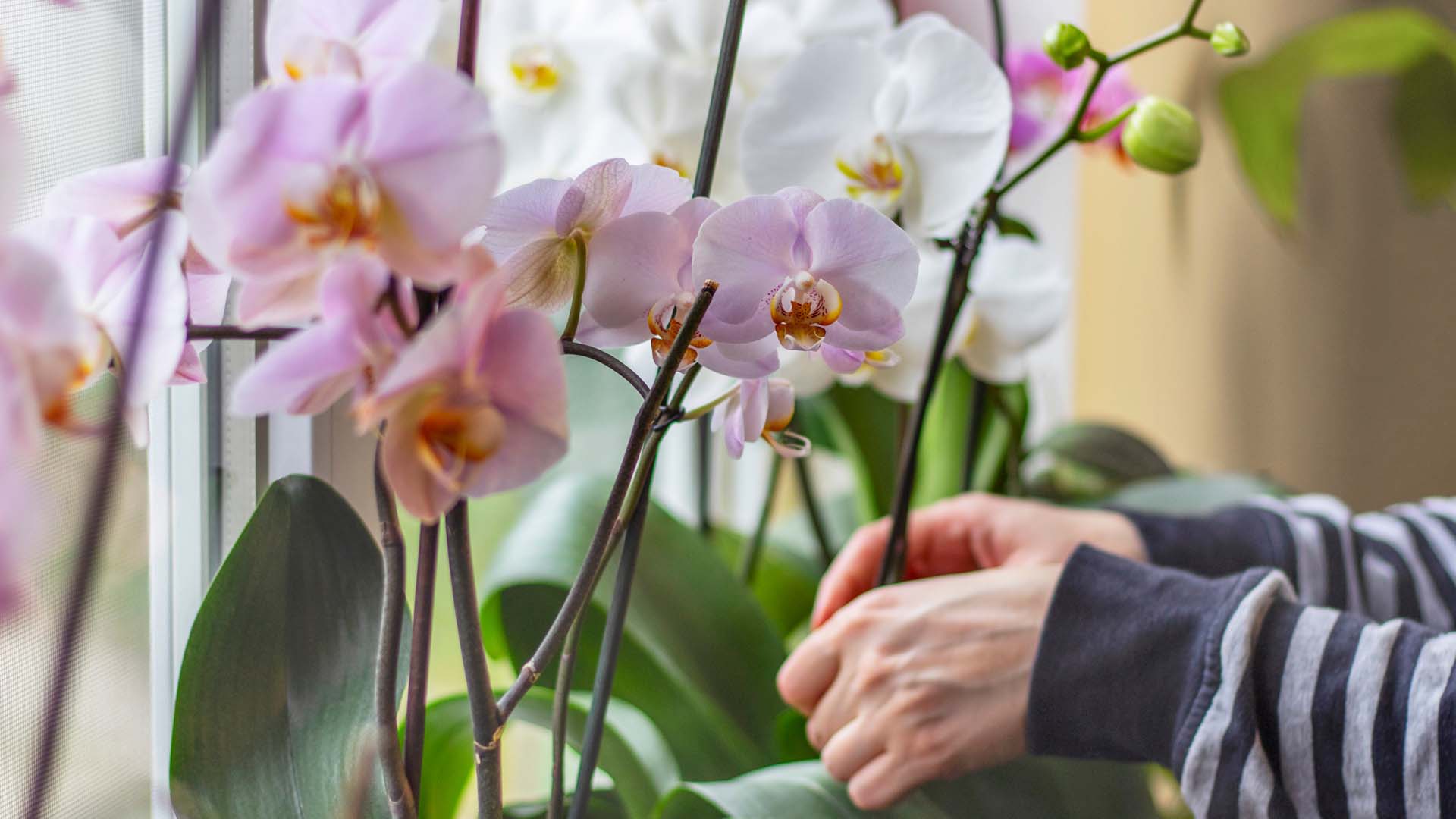
Our expert pruning and watering hacks include a top tip to keep them flowering from Alan Titchmarsh.


Want to know how to get rid of dandelions? Advice on how to tackle them but why they might be worth sparing.
